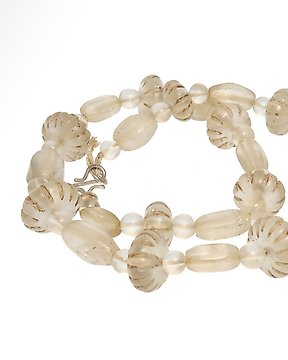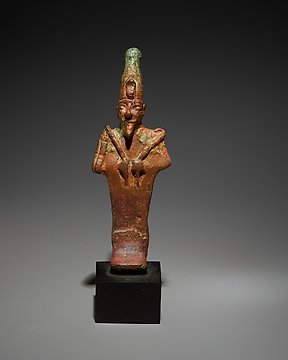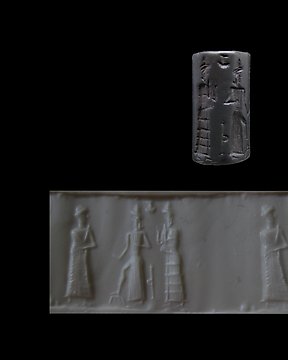
古代古巴比倫語 赤鐵礦 汽缸密封件
Catawiki正在不斷更新其技術。 您目前正在使用過時的瀏覽器。 為了優化您的瀏覽體驗,請更新您的瀏覽器。
您可以使用以下切換按鈕設置Cookie偏好設定。您可以隨時更新您的偏好,撤銷同意,並在我們的Cookie政策中查看我們和我們的合作夥伴使用的Cookie類型詳情。
編號 84074709
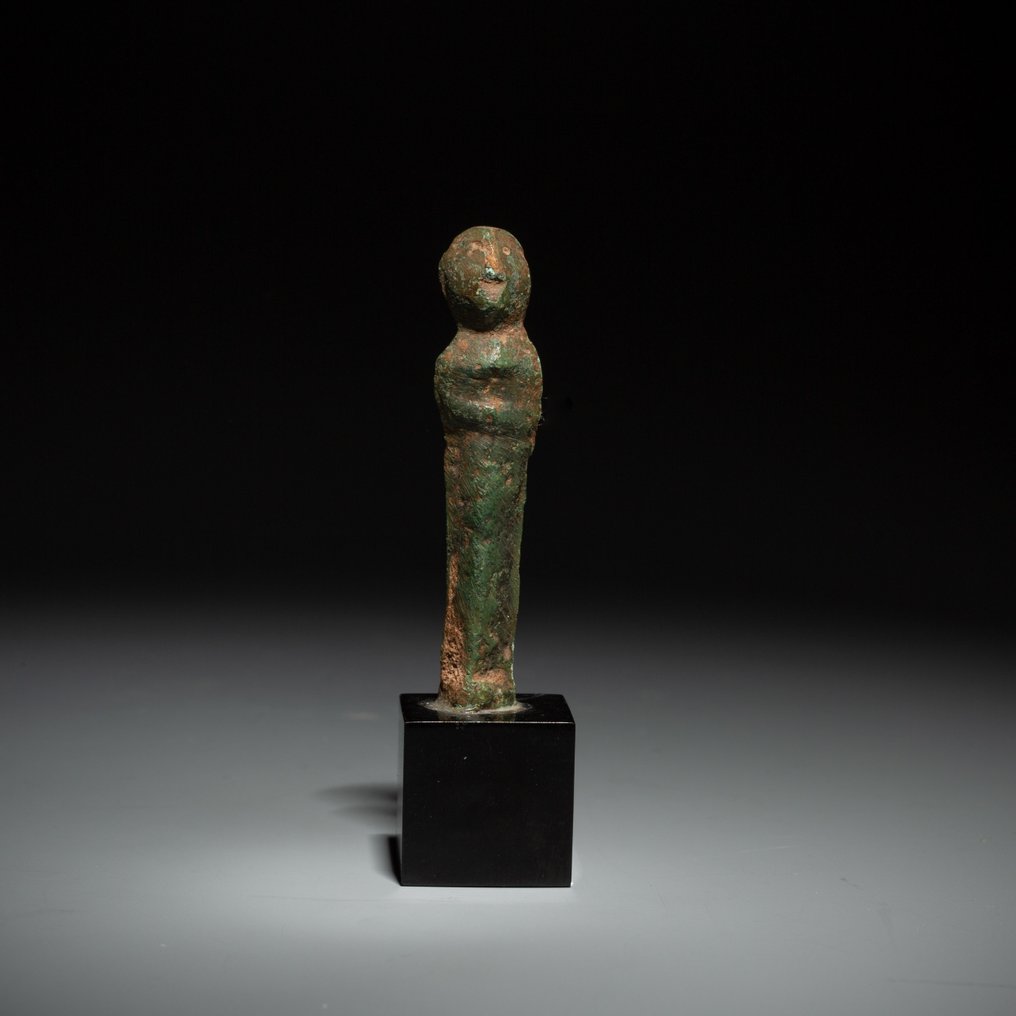

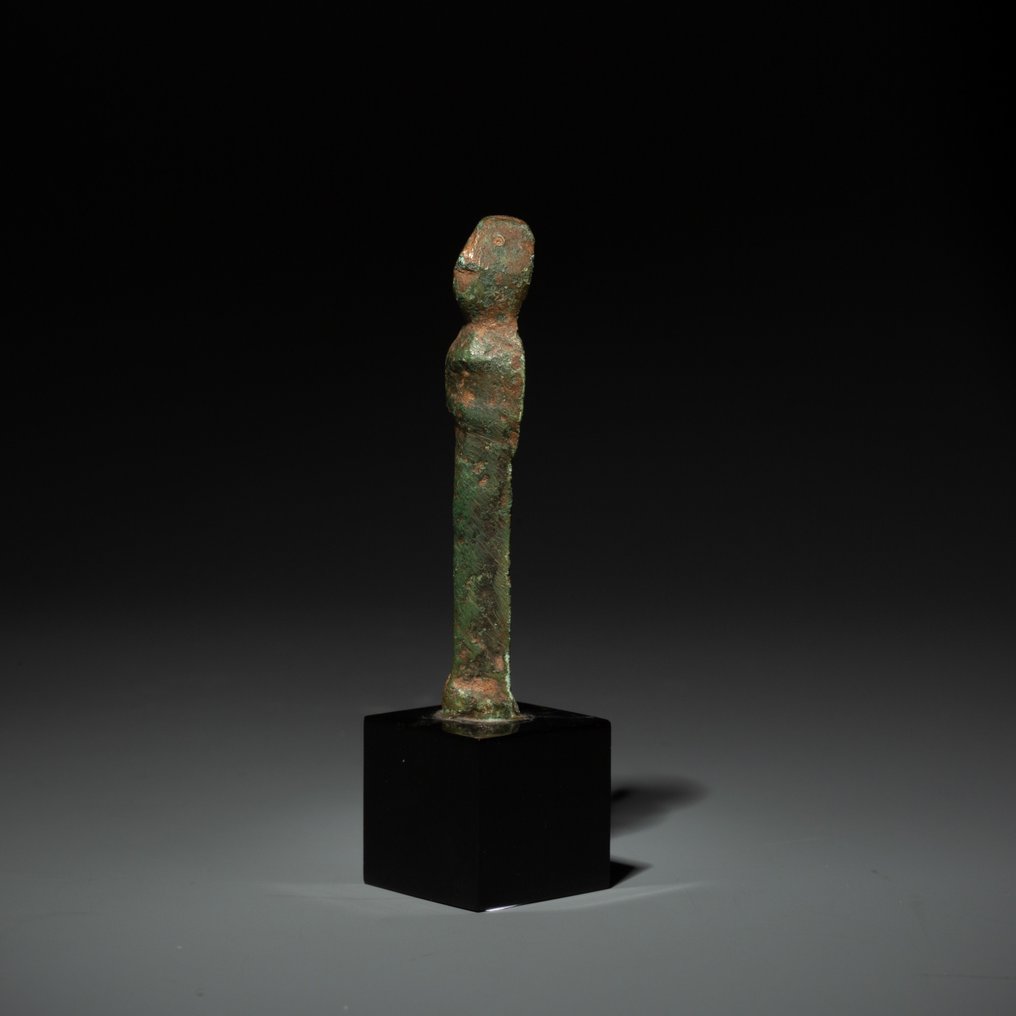
Exvoto
Iberian, 4th - 3rd century BC
Bronze
6 cm height, 8.5 cm with the stand.
PROVENANCE: Private collection of gallery owner Claude Bernard (1929-2022), Paris. Founder of the Claude Bernard gallery in Paris, he has represented as a dealer from Alberto Giacometti to David Hockney, passing through Balthus, Francis Bacon, Lucian Freud and Zoran Music, during the last sixty-five years he has represented the greatest artists of the 20th and 21st centuries.
DOCUMENTS: Including export license from the Ministry of Culture in Spain.
CONDITION: Good condition.
DESCRIPTION:
The Iberians expressed their religiosity through votive offerings in the form of small figures made of stone, bronze or terracotta, elements of "popular art" that were initially considered as representations of gods. As for the metallic votive offerings, they are solid pieces made using the “lost wax” technique, with a size not exceeding 18 cm in height, with some exceptions. They are generally stylized images of male and female offerers in an attitude of prayer, with some exaggerated feature (hands, eyes, sexual organs) and carrying an offering (a roll, fruits, etc.). In the same way, horsemen, horses and body parts are also known, as well as miniatures of attacked knives. Its chronology starts, in general, from the middle of the third century BC.
These pieces were deposited in honor of deities, in exchange for protection, well-being, health and prosperity, being found in Iberian sanctuaries in the south and southeast of the peninsula, highlighting nuclei such as the Despeñaperros environment in Jaén (Collado de los Jardines, Castellar de Santisteban) or La Luz (Verdolay, Murcia), as well as in other parts of Andalusia and Levante. These centers of worship are always located on elevations of the land or in caves, close to important communication routes and water courses, at a certain distance from the population centers, being sometimes authentic community centers of worship of territorial control.
Notes:
- The piece includes authenticity certificate.
- The piece includes Spanish Export License.
- The seller guarantees that he acquired this piece according to all national and international laws related to the ownership of cultural property. Provenance statement seen by Catawiki.
Exvoto
Iberian, 4th - 3rd century BC
Bronze
6 cm height, 8.5 cm with the stand.
PROVENANCE: Private collection of gallery owner Claude Bernard (1929-2022), Paris. Founder of the Claude Bernard gallery in Paris, he has represented as a dealer from Alberto Giacometti to David Hockney, passing through Balthus, Francis Bacon, Lucian Freud and Zoran Music, during the last sixty-five years he has represented the greatest artists of the 20th and 21st centuries.
DOCUMENTS: Including export license from the Ministry of Culture in Spain.
CONDITION: Good condition.
DESCRIPTION:
The Iberians expressed their religiosity through votive offerings in the form of small figures made of stone, bronze or terracotta, elements of "popular art" that were initially considered as representations of gods. As for the metallic votive offerings, they are solid pieces made using the “lost wax” technique, with a size not exceeding 18 cm in height, with some exceptions. They are generally stylized images of male and female offerers in an attitude of prayer, with some exaggerated feature (hands, eyes, sexual organs) and carrying an offering (a roll, fruits, etc.). In the same way, horsemen, horses and body parts are also known, as well as miniatures of attacked knives. Its chronology starts, in general, from the middle of the third century BC.
These pieces were deposited in honor of deities, in exchange for protection, well-being, health and prosperity, being found in Iberian sanctuaries in the south and southeast of the peninsula, highlighting nuclei such as the Despeñaperros environment in Jaén (Collado de los Jardines, Castellar de Santisteban) or La Luz (Verdolay, Murcia), as well as in other parts of Andalusia and Levante. These centers of worship are always located on elevations of the land or in caves, close to important communication routes and water courses, at a certain distance from the population centers, being sometimes authentic community centers of worship of territorial control.
Notes:
- The piece includes authenticity certificate.
- The piece includes Spanish Export License.
- The seller guarantees that he acquired this piece according to all national and international laws related to the ownership of cultural property. Provenance statement seen by Catawiki.







